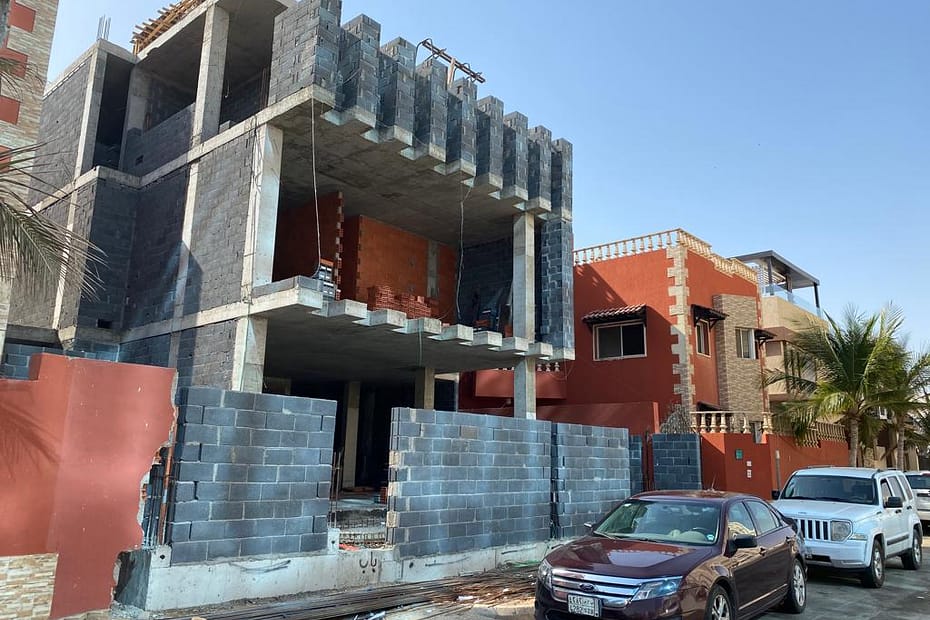Commercial architecture
The tango between aesthetic and functionality is delicate in the world of architecture. Architects work to design places that are functional as well as visually beautiful. Concerns have been expressed, though, regarding whether the commercialization of architecture is obscuring the fundamental principles of design in favor of the quest of profit. In this essay, we’ll look at how overzealous commercialism affects architectural projects and how it could diminish their intrinsic value.
Architecture at Its Core
Fundamentally, architecture is a sort of art that expresses the ideals, traditions, and aspirations of a civilization. It includes the design of areas that are both practical and meaningful. The built environment affects how people interact with their surrounds, and excellent design may elevate human experiences and forge deep connections between people and their environments.
Architectural Commercialization
There has been a discernible change in the importance given to architectural projects in recent years. In many cases, the commercial component has taken precedence over the cultural, aesthetic, and social ideals that architecture ought to reflect. This change can be linked to a number of things, such as market demands, economic pressures, and the commodification of architecture itself.
Economic Pressures: Architects and businesses are constantly under pressure to make money, and this pressure may cause them to concentrate on projects that promise greater profits at the expense of design quality.
Market Demands: Developers and clients frequently look for designs that maximize the amount of space that can be rented out or sold, sometimes ignoring the effects on the neighborhood or community.
Architecture has been reduced to a commodity in today’s market-driven society. The marketing of iconic structures as investments frequently obscures their genuine architectural value.
Effects of Overzealous Commercialism
Several bad outcomes can happen when economic concerns take precedence over the fundamental principles of architecture:
Loss of Aesthetic Integrity: Cost-effective, generic designs may be given priority in architectural projects at the expense of distinctive, aesthetically pleasing works of art, which results in a loss of character and identity.
Negative Environmental Impact: Profit-driven projects may overlook sustainability and environmental friendliness, causing the ecosystem to deteriorate and depleting its resources.
Communities Divided: Commercially motivated design may fail to promote a feeling of community and cultural identity. Resulting in impersonal, sterile surroundings.
Short-Term Thinking: In the chase of fast gains, one may become short-term-focused and fail to consider the long-term effects of architectural choices on the built environment and society at large.
Keeping commercialism and design intent in check
It’s crucial to create a balance between business objectives and the fundamental principles of architecture.
Steps that can be taken by designers, clients, and society at large to protect the design’s essence include:
Participate in the decision-making process collaboratively to ensure that commercial and design issues are balanced.
Architects should promote designs that respect cultural, social, and environmental values and preserve ethical norms.
Promote educational initiatives in architecture that place a strong emphasis on social responsibility and design integrity.
Promoting Sustainable Design: To lessen the negative effects of development on the environment, prioritize sustainable design.
Conclusion
Extreme commercialism in architecture might jeopardize the ideals and substance of what it stands for. However, by encouraging a comprehensive strategy that puts aesthetics, usability, sustainability, and community well-being first. We can make sure that architecture continues to improve our lives and add to the global socioeconomic and cultural fabric. In the end, balancing business considerations with the timeless principles of architectural design is the responsibility of architects, clients, and society at large.
More on INJ Architects:

